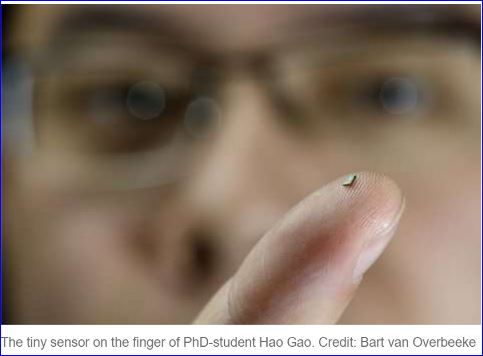Who likes collecting rectal temperatures?
Nobody. Challenging the status quo, I ask, “Is it really necessary to collect a body temp on every pet, every visit?” Many state boards require it so I consulted with a internist who agreed that there are INDICATIONS for collecting a body temp; lethargy, anorexia, and possibly other signs. Sure there COULD be something missed in healthy pets by not collecting a temp, but how often does that really happen? My position is that body temp is valuable data when indicated, but temping every healthy patient when there are no clinical signs significantly contributes to their Fear of Veterinary Service.
In the future I see two alternatives. One is that veterinarians will realize that “TPR” comes from the human intensive care ward paradigm where minor changes in these parameters have significance; but in healthy pets these parameters vary ANYWAY as a result of the stress of the exam – and previous temping! My suggestion would be to collect a rectal (or aural which pets also don’t like) temp only if there is a clinical indication to do so.
However, that requires a fairly major veterinary paradigm shift, so door number two is more likely. That is to add a temperature function to the injected ID chip. A new invention seems to make that possible because it is so small it can fit inside the ID Chip capsule, and further because it can receive energy necessary to collect and transmit the body temp when the scanner is passed over it. Here is the link http://phys.org/news/2015-12-world-tiniest-temperature-sensor-powered.html and below is the picture.
Rolan
Please reply with your thoughts:
Considering the potentially lifelong fear of veterinary service, do physically healthy cats and puppies (during their critical fear imprint period) really need a temp taken at every visit…
